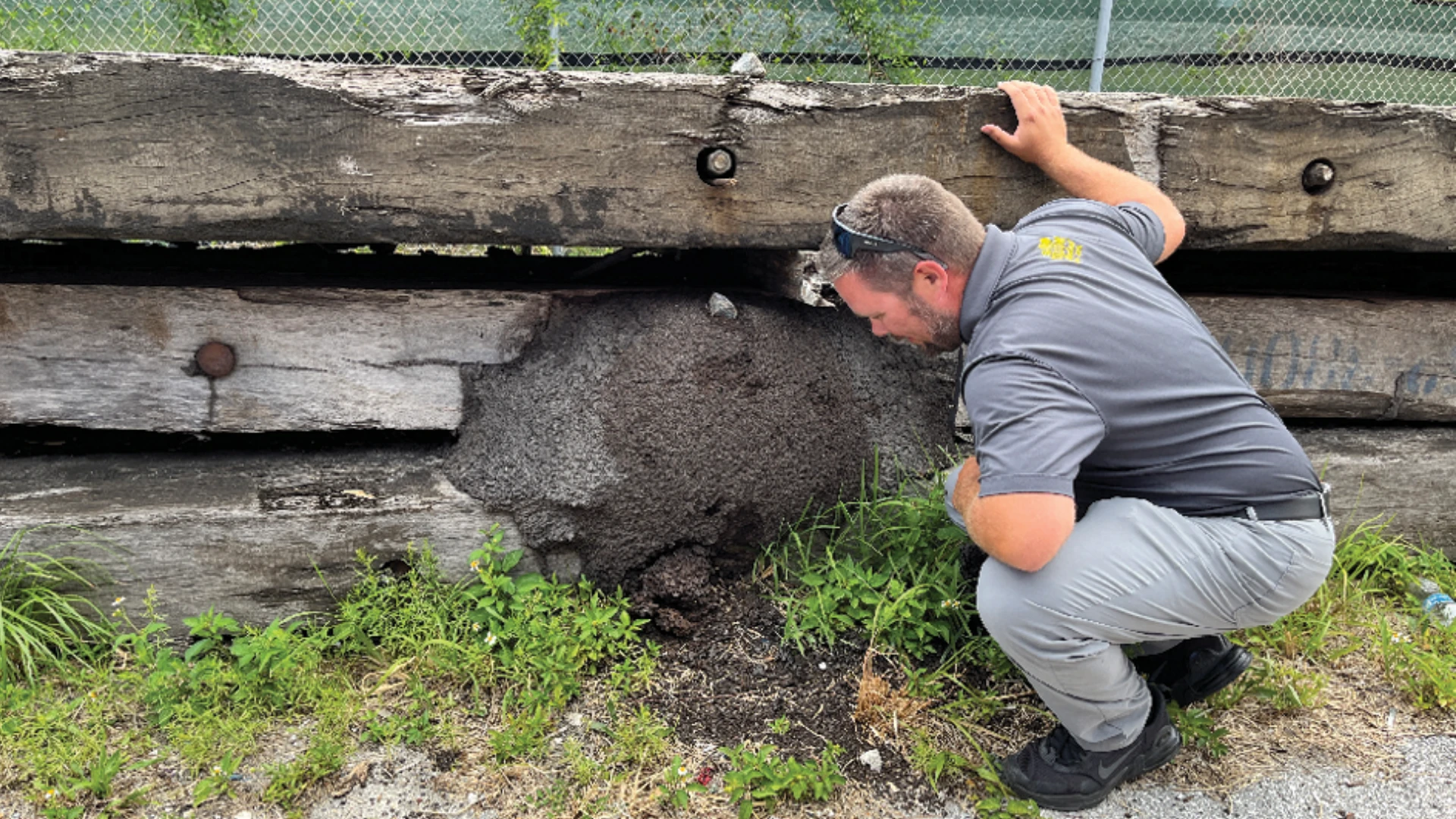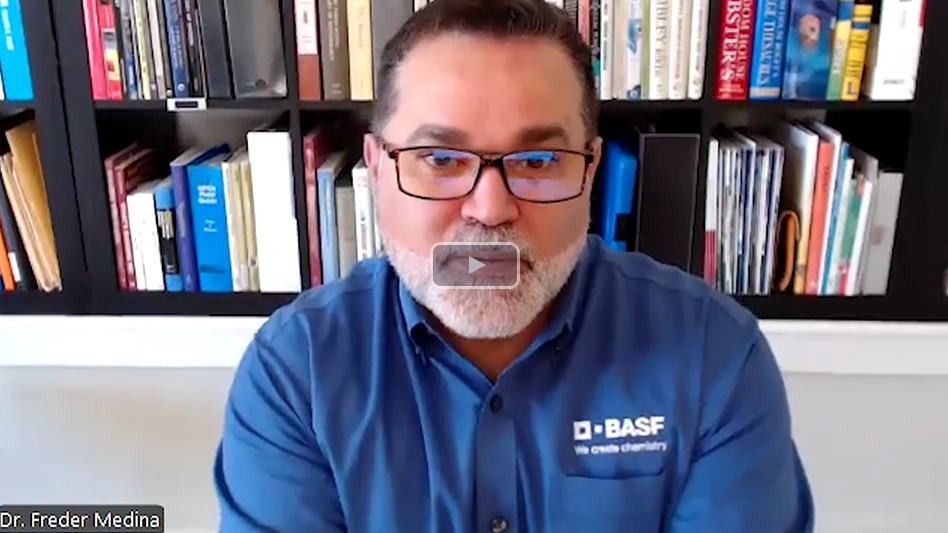Seemingly, more and more pest management professionals are reporting problems with baits, i.e., that cockroaches are not being affected. When I first began to hear this more than a year ago, I blew it off and attributed it to one of the many causes of baiting failures.
This summer at the International Conference on Urban Pests held in Charleston, S.C., Dr. Coby Schal, a highly respected professor in urban pest management at North Carolina State University, asked if we were experiencing any control failures using baits for cockroaches. He indicated that he had recently baited a cabinet with an active cockroach infestation, checked later and found the cockroaches still alive sitting next to the bait.
His findings heightened my concern about what our technicians had already been reporting — that some baits and placements were not working as well as they had in the past. I asked several technicians to carefully re-inspect areas where they baited for moderate to heavy cockroach infestations. They reported sporadic failures of bait, i.e., several weeks after baiting — cockroaches sitting unaffected next to the baits.
WHY BAITING FAILS. Here are some common reasons why baits fail:
• Inspections are not thorough and the bait is not placed in cracks and crevices that the cockroaches are using for harborage, e.g., the front of the kitchen sink base cabinet, behind wall mountings, hollow table legs, etc.
• Bait is never placed in the really hard-to-get places, e.g., behind the stove, in food service and preparation equipment and in the trash chute.
• Populations are large and not enough bait is used to effect control. Sometimes a vacuum or quick knockdown product is needed to crash the population, followed with baiting.
• Sanitation may be extremely poor creating two conditions conducive to bait failure: excessive clutter, e.g., paper and plastic bags, cardboard boxes, food stuffs, clothing, newspaper and other trash create excessive and untreatable harborages; and spilled food and waste products that compete with your bait placements in fulfilling the cockroach’s appetite.
• Baits are contaminated through co-mingling baits with other products in the service vehicle.
• Customers "help out" by doing their own spraying over your bait placements. Customer use of cleaning products may have similar effects and in some cases, this causes the cockroaches to be repelled.
I remain convinced that baits don’t fail as the result of toxicological resistance. Many years ago, resistance studies by Dr. Don Cochran at Virginia Polytechnic Institute and State University in Blacks-burg, Va., demonstrated that selective breeding of cockroaches for resistance to baits (that were registered at that time) only caused a slight elevation in resistance — definitely not enough to cause control failures. To date, there has been no research demonstrating anything to the contrary. If cockroaches eat the bait they die.
WHY BAITS MAY BE FAILING. Following are some reasons that baits may be failing:
• Baits have become tainted in the manufacturing process, causing repellency.
• Bait exposure to heat, cold and/or moisture may affect acceptance.
• Bait formulations (we have no idea what they are because they are trade secrets) are not palatable.
• Some populations have developed behavioral resistance — avoiding bait placements.
The latter scenario is a frightening prospect. Behavioral resistance is analogous to toxicological resistance, however, it differs in that the response results from avoidance of the bait due to some sensory triggering mechanism, e.g., odor, taste, etc. This type of resistance is not due to development of a detoxifying enzyme.
One of the best examples of behavioral resistance I have encountered was cockroaches avoiding sprayed surfaces (baseboards) by taking up harborage in the ceiling. At night, the cockroaches would leave their ceiling harborage and crawl down the wall and on to the countertop, avoiding the treated area below.
CONCLUSION. I don’t have the answers to this problem but I do have a few suggestions:
• Make your own observations and determine if this is happening in any of your accounts, ruling out the reasons baits fail (listed previously).
• Switch to an alternative bait and see if there is a difference in cockroach response and effectiveness. If the new bait works, solve the problem — switch baits.
• Contact the manufacturer of your bait and see what they can tell you. Ask them for help and research to determine if there are reasons for failure.
• If you are fortunate enough to have an urban entomology research program at your state university — ask them to investigate the problem. By the way, help them secure funding to do the work.
The president of American Pest Management, Jay Nixon, occasionally reminds me and our technicians to "Bet on the bugs." Increasing complaints about bait failures is cause for concern but not alarm. Stay tuned for future developments.
The author is technical director of American Pest Management, Takoma Park, Md. He can be reached at 301/891-2600 or rkramer@pctonline.com.

Explore the October 2002 Issue
Check out more from this issue and find your next story to read.
Latest from Pest Control Technology
- The Evolving World of Electronic Rodent Monitoring
- Back-to-basics Approach for Cockroach Control
- PPMA Encourages PMPs to Take Part in Termite Awareness Week
- Moneypenny is a Provider of Virtual Receptionists
- Video: Top 10 PCT Photo Contest Finalists
- Massey Services Expands with Southeast Commercial Region
- Pest Management Foundation Announces Kevin J. Burns Scholarship
- How to Identify Clover Mites





